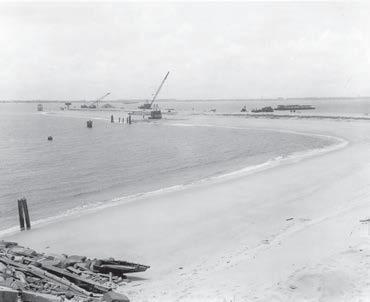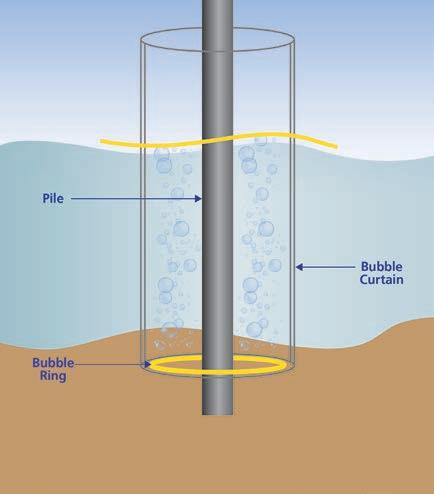
4 minute read
Sound Protection for Marine Animals
If you have ever heard pile driving at a construction site, the sound is unforgettable. Due to the relatively soft soils throughout Hampton Roads, many structures in this area rely on pilings – essentially long posts made of concrete, steel, or timber –which are driven deep underground to support and stabilize buildings and bridges.
To provide a solid foundation for the new and widened HRBT bridges, crews are installing more than 1,000 steel and concrete piles throughout the project corridor, both on land and over water. Although the unmistakable sound of pile driving dissipates quickly in the air, the reverberations from marine pile driving can travel extensively underwater.
Advertisement
Because sea creatures, and marine mammals in particular, are sensitive to underwater noises, the HRBT Project has implemented protective measures – as reviewed by the National Oceanic and Atmospheric Administration (NOAA) Fisheries office and approved in a Letter of Authorization –to control the propagation and effect of sound waves underwater.
To mitigate the potential effects of the sound on our marine wildlife, the project employs a range of strategies depending on water depth and piling type. Much of the water around the HRBT marine bridges is shallow, which naturally helps limit the extent of vibrations that would otherwise travel in deeper water. And concrete piles, due to their greater mass relative to steel piles, inherently help dampen underwater sound waves as these heavy piles are driven.
Using a “soft start” for pile driving – giving each pile a few taps with the impact hammer, then waiting briefly before starting full operations – effectively alerts sea creatures that a loud operation is about to begin. With this “heads-up,” fish and marine mammals are instinctively able to seek out quieter areas of the harbor before pile driving operations proceed.
When driving steel piles in deeper water, project crews also employ devices called “bubble curtains” to absorb the energy and soften the impact of the underwater pressure waves. These bubble curtains typically consist of hollow metal rings, which are lowered underwater to surround the pilings. As the piles are driven, pressurized air is simultaneously pumped through these perforated rings, creating a continuous cloud of bubbles rising to the surface around each pile.
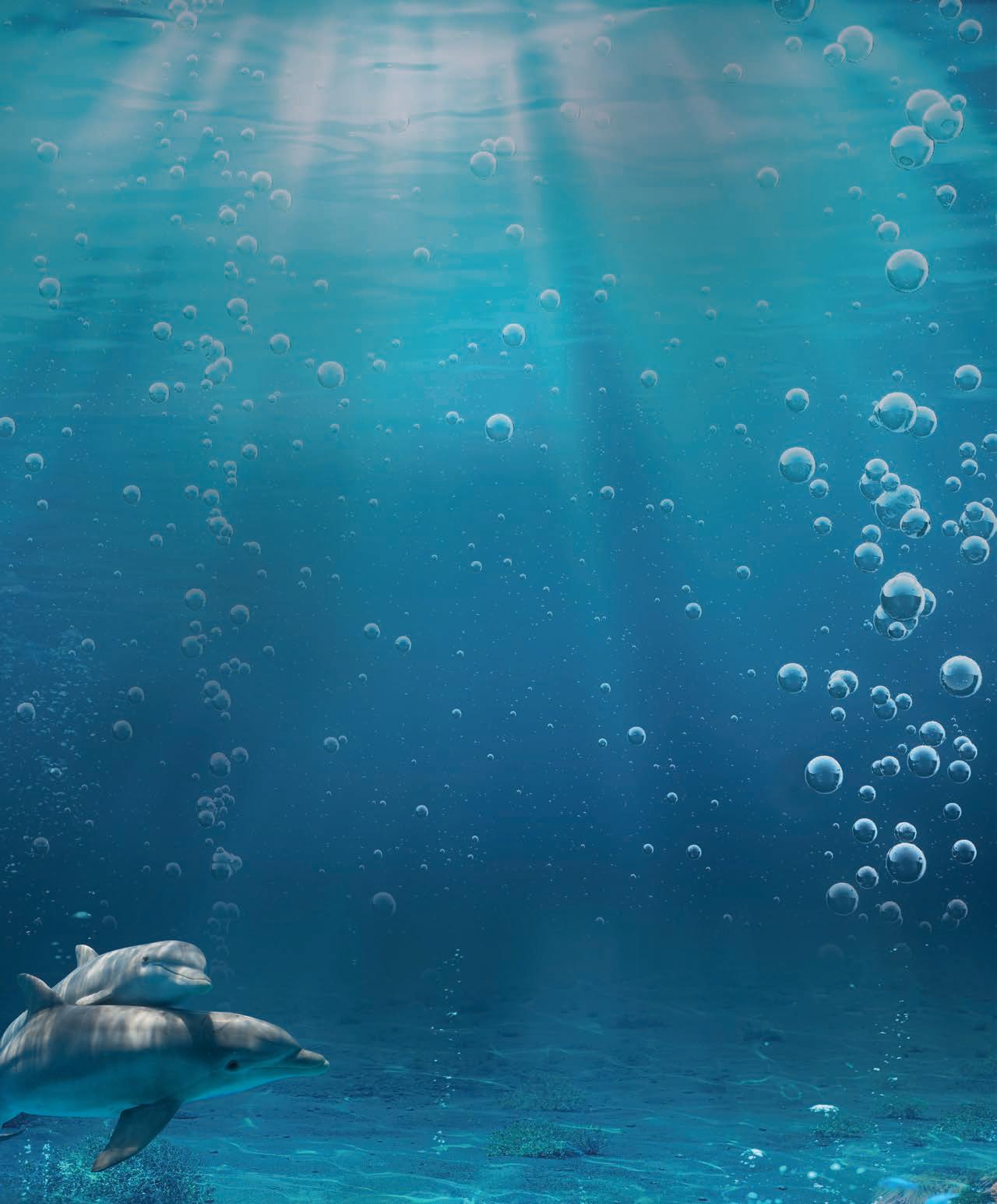
This wall of bubbles absorbs the acoustic energy released when the pile is struck, changing the shape of the pressure waves and reducing the underwater decibel level. Due to the difference in density between air and water, air provides a particularly effective barrier to sound propagating through water. These measures help ensure the project remains a good neighbor to the dolphins and other marine creatures with whom we share the Hampton Roads waterway during the construction process.
Notable from the beginning
On November 1, 1957, a ribbon cutting ceremony was held for a futuristic new public works project. At a cost of $60 million, the new Hampton Roads BridgeTunnel (HRBT) presented an innovative combination of two bridges and a tunnel, spanning the 3.5-mile distance from Norfolk to Hampton.
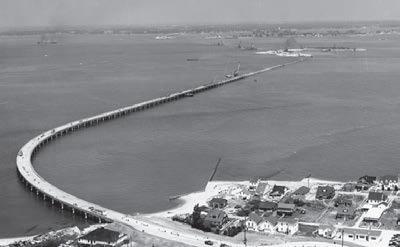
A tunnel was necessary to maintain unrestricted marine access for the country’s largest naval base. However, the available ventilation technology in the 1950’s could not accommodate a 3.5-mile tunnel. The solution was the world’s first tunnel between two artificial islands – a shorter distance that could safely be ventilated – and connected to shore by trestle bridges over the shallow water outside the main shipping channel.
At the time, measuring almost 7,500 feet from portal to portal, the HRBT was the world’s longest immersed-tube tunnel, consisting of 23 prefabricated tunnel segments placed within a trench along the floor of the harbor. The steel tube segments – about 300 feet long, 37 feet in diameter and 12,000 tons each – were fabricated in Chester, Pennsylvania and floated down the Chesapeake Bay to a yard at Lambert’s Point in Norfolk. There, each segment received an 18inch concrete pour on its roadway slab
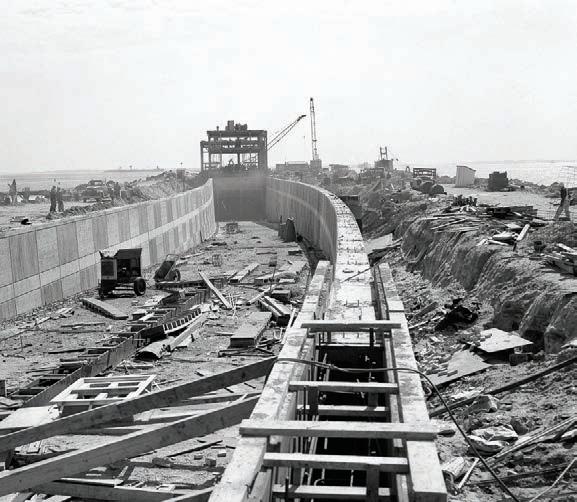
Built in 1957, the original Hampton Roads BridgeTunnel was an engineering marvel. and an additional fit-out before being towed to its final destination.
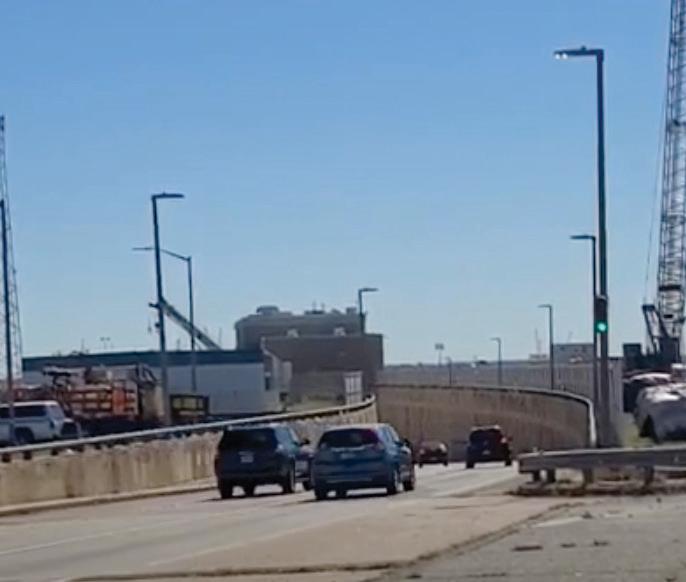
A necessary improvement
Prior to the opening of the HRBT, VDOT operated ferries to carry traffic across the harbor from the Southside to the Peninsula. There were two routes: one from Hampton Boulevard near Naval Station Norfolk to downtown Newport News, and a second, less traveled route from Willoughby Spit to Fort Monroe in Hampton. Total traffic at the time was typically about 2500 vehicles per day. The closest alternative was a 25-mile detour via Rt. 17 and the James River Bridge.

The opening of the two-lane HRBT in 1957 reduced travel time across the harbor from a 30-minute ferry ride –plus waiting time – to a seven-minute drive. Virginia’s chairman of the State Highway Commission, Gen. James A. Anderson, summarized it well at the grand opening: “With this bridge-tunnel, we have destroyed distance and conquered time.”
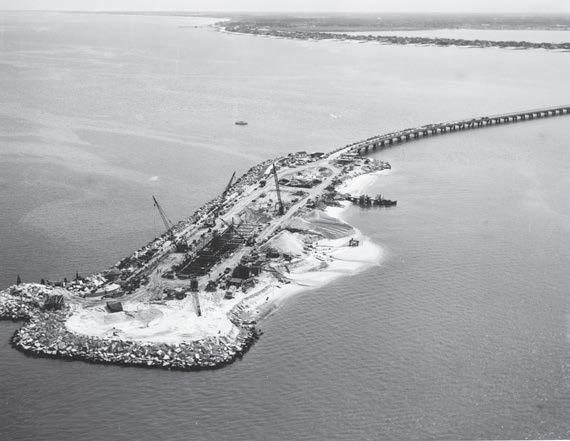
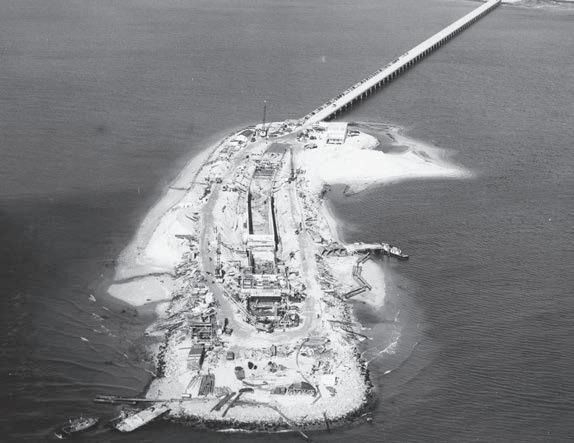
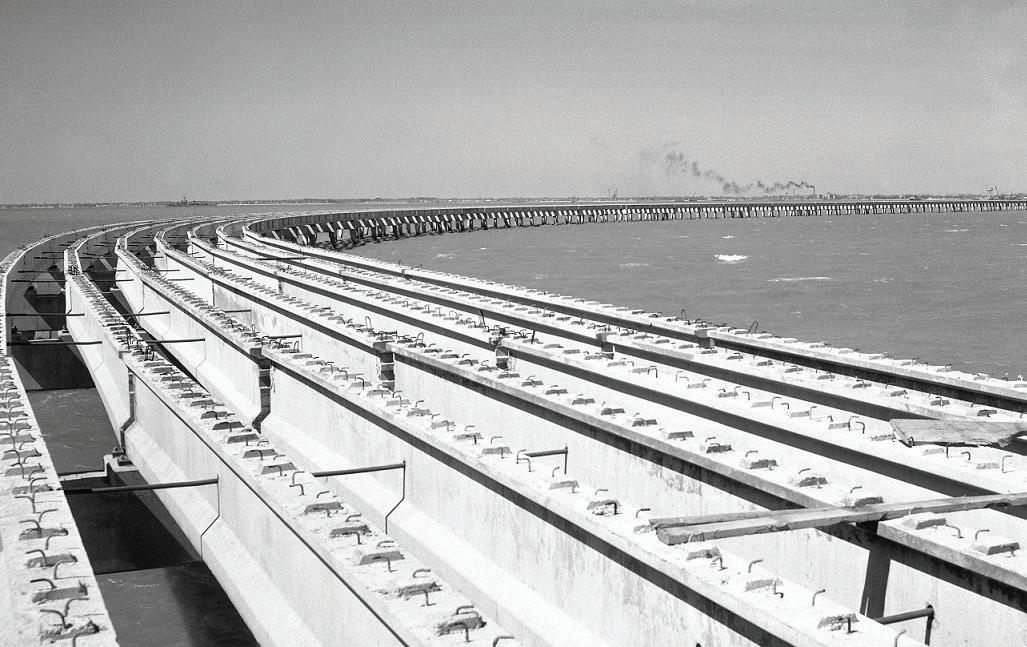
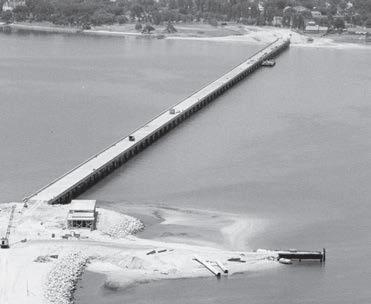
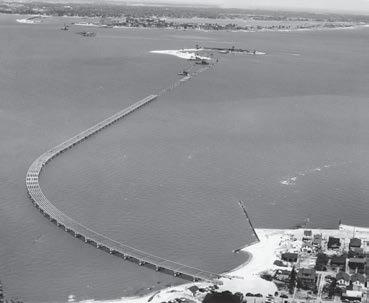
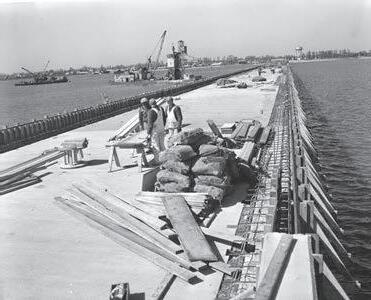
Initial traffic estimates predicted daily HRBT use would grow to 10,000 vehicles by 1980, but traffic volumes reached this level by 1964, even with a $1.25 toll (matching the 1957 ferry fare, and equivalent to over $13 in today’s dollars). A second tunnel, with parallel bridges, was opened in 1976. After tolls were removed, daily traffic volumes on these four lanes surpassed 40,000 vehicles by 1978, and 80,000 vehicles by 1985.
Building for the future
Today, with more than 100,000 vehicles crossing the HRBT daily during peak season, this historic facility is an integral part of keeping the region and Virginia moving.
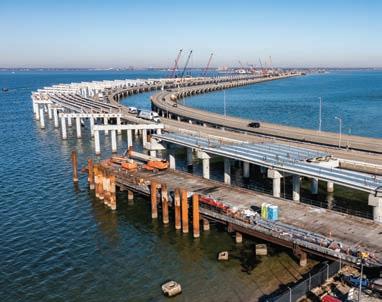
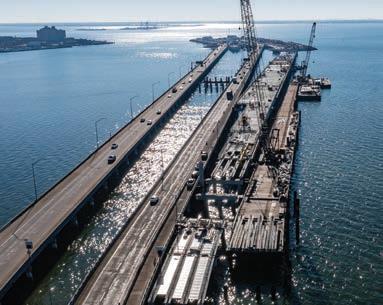
The Hampton Roads region has experienced tremendous growth since the original bridge-tunnel was constructed, from a population of just over 500,000 to now more than 1.8 million. The HRBT Expansion Project will provide needed capacity and prepare the region for the future. And with high-durability materials such as carbon fiber and stainless steel targeting a 100-year design life, the new HRBT structures will continue to serve the region for the foreseeable future.
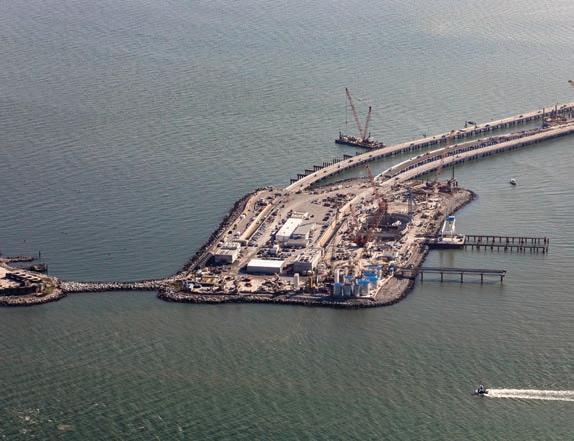
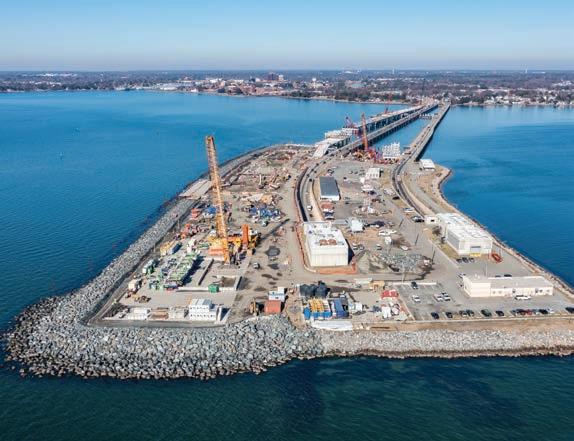
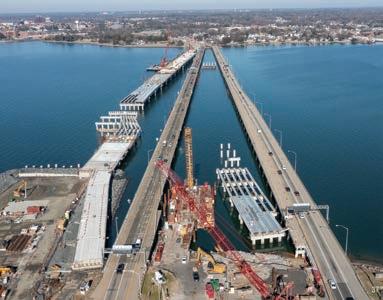

Elvis joins the Army. Queen Elizabeth II visits Williamsburg. The first Frisbee was sold. “Leave It to Beaver” debuts. The Dodgers move to Los Angeles. World Changing Event: The Soviet Union launches Sputnik, the first space satellite, starting the Space Race. The first tube of the Hampton Roads Bridge Tunnel (HRBT) is opened.
